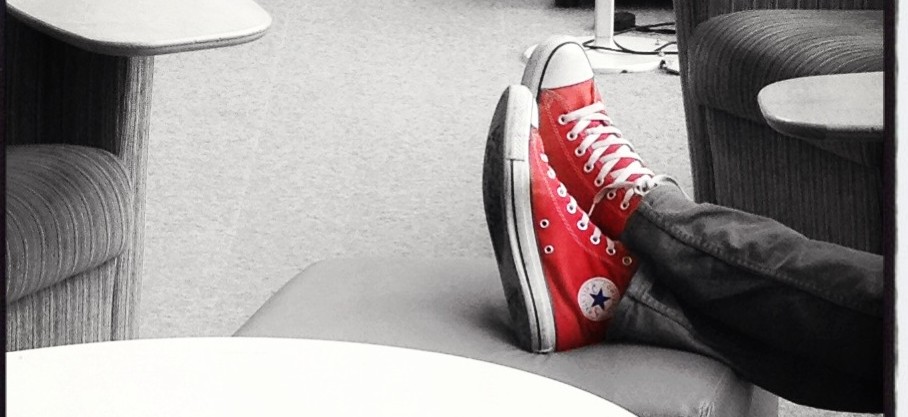MOOCs (Massively Open Online Courses) are becoming more prevalent. They seem to be the new “thing” in learning. Zac over at Autodizactic is asking folks to help him think about MOOCs.
I’m not sure I even know what I think about MOOCs. Like Zac, I have signed up for MOOCs that I have then abandoned. It seems easy to both sign up for something that sounds interesting and that you can “attend” asynchronously. And then when it actually begins, it seems easy to let it go when life gets too busy or the tasks seem too arduous or mundane.
I’m currently signed up for a MOOC, led by people whose work I admire, focused on academic language development for English language learners…and I’m very interested in the subject matter. But already I’m having trouble finding time to do the readings and complete the tasks assigned. I’m pretty certain I won’t be completing this MOOC.
This summer I had a completely different experience with the Connected Learning MOOC, clmooc, through the National Writing Project. And maybe the most important difference was in the way the acronym “mooc” was defined. Instead of being a “Massive Open Online Course”, the clmooc was defined as a Massive Open Online Collaboration.
There were still facilitators. And instead of assignments, there were make cycles. And participants were invited to add to make cycles, interpret them in their own ways, create totally new makes…generally make the experience work for them.
I found the experience exhilarating! I expected to “lurk” around the edges of this experience. I knew when I signed up that this would be an extremely busy time for me. I was coordinating the SDAWP Summer Institute, starting a new grant-funded project, and supporting resource development for another project. But, because I found it relevant and because of the interaction with facilitators and participants, I was compelled to continue and experiment and learn and grow.
Drawing on Connected Learning principles, my learning was interest-driven, peer supported, and openly networked. It was also production-centered, academically oriented, and had a shared purpose. And best of all, it was fun. Each effort made me interested in trying something else.
I was both connected and learning…and I have a badge to show for it!
I have many reservations about MOOCs, especially those that are trying to be courses. I am all for open learning opportunities–I’m just not so sure that we need “courses,” in the formal sense of the word, to achieve the goal of opening access to learning. And for me, the “course-ness” is the very quality that causes me to “drop out” of MOOCs.
So, Zac (and anyone else who is thinking about MOOCs), I’m not so sure my musing are helpful here…but this thinking is helping me understand why the CLMOOC worked for me and these other MOOCs haven’t.
And now about those badges…I’m not so sure I’m sure what I think about them either. And I have two of them…
Here’s my other one. It was awarded me by a peer for being a connected educator.
What are you thinking about MOOCs…and about badges?










